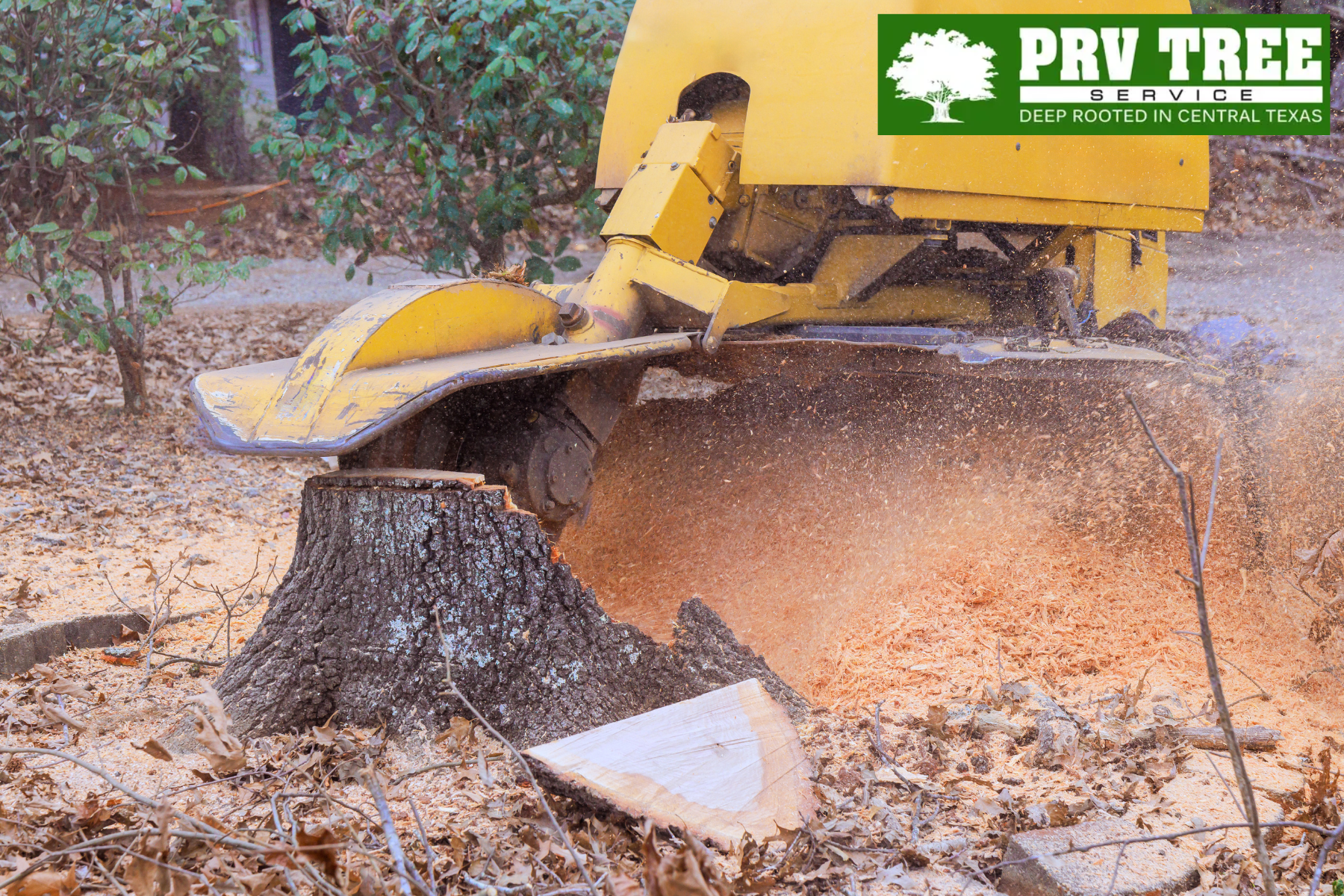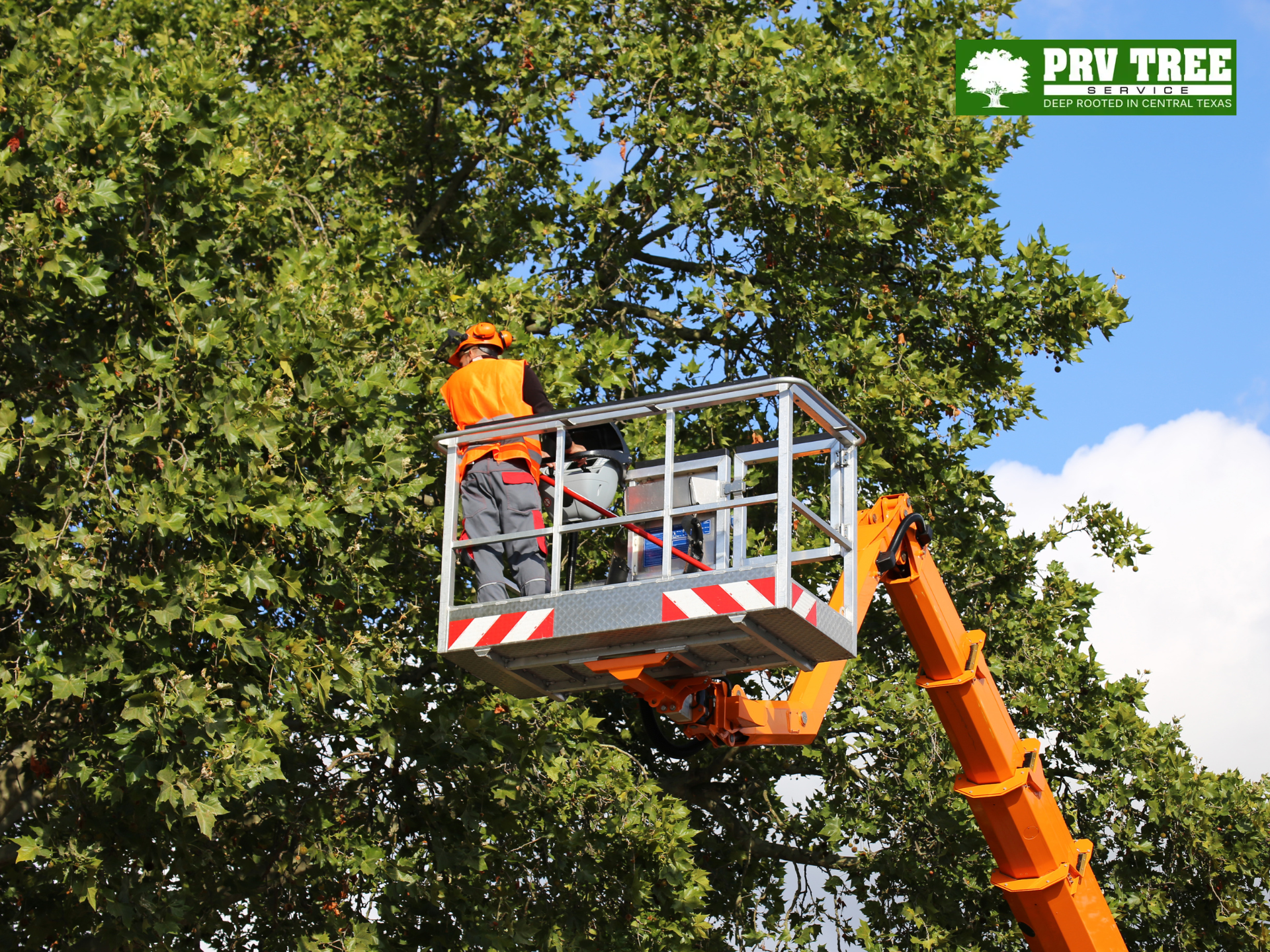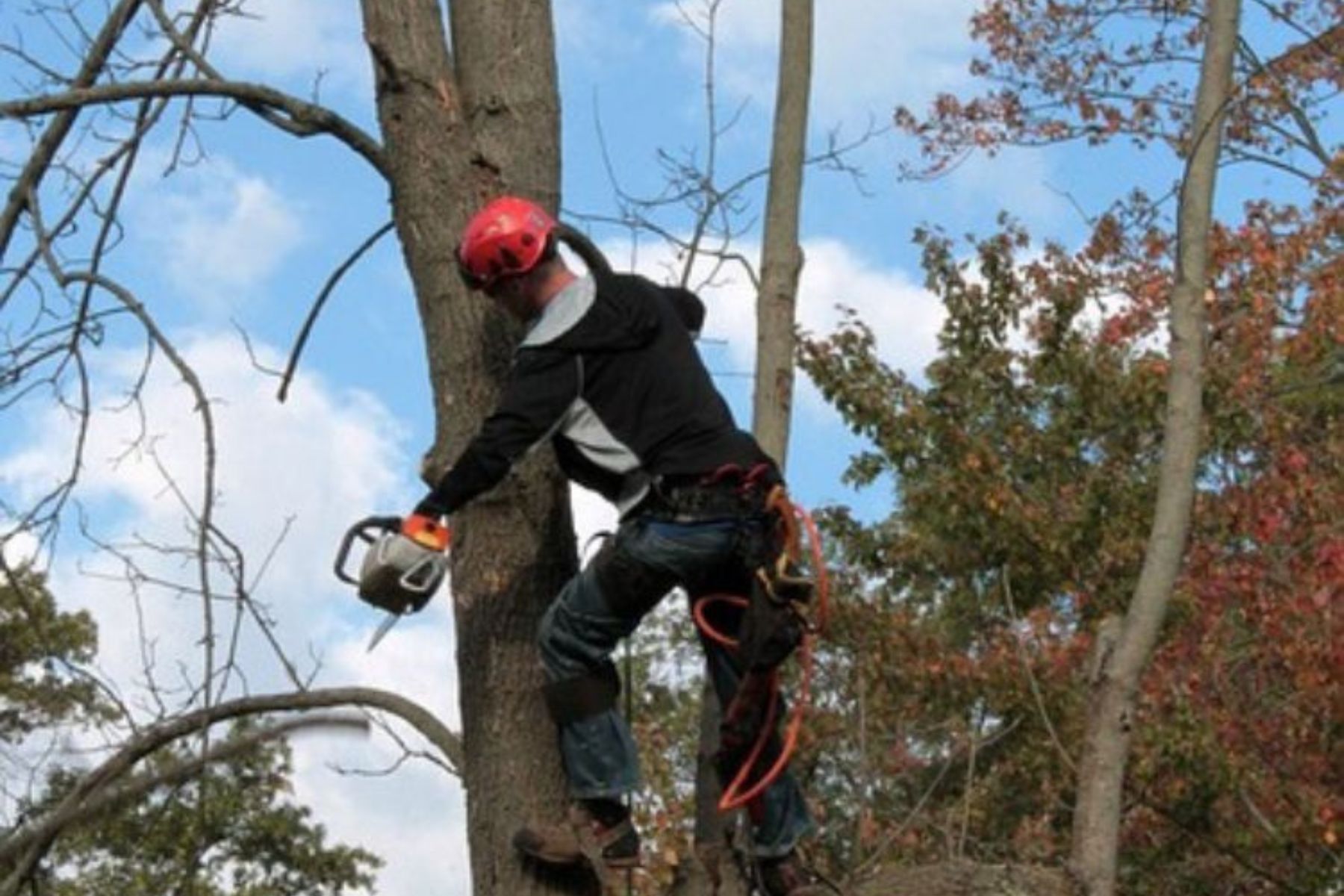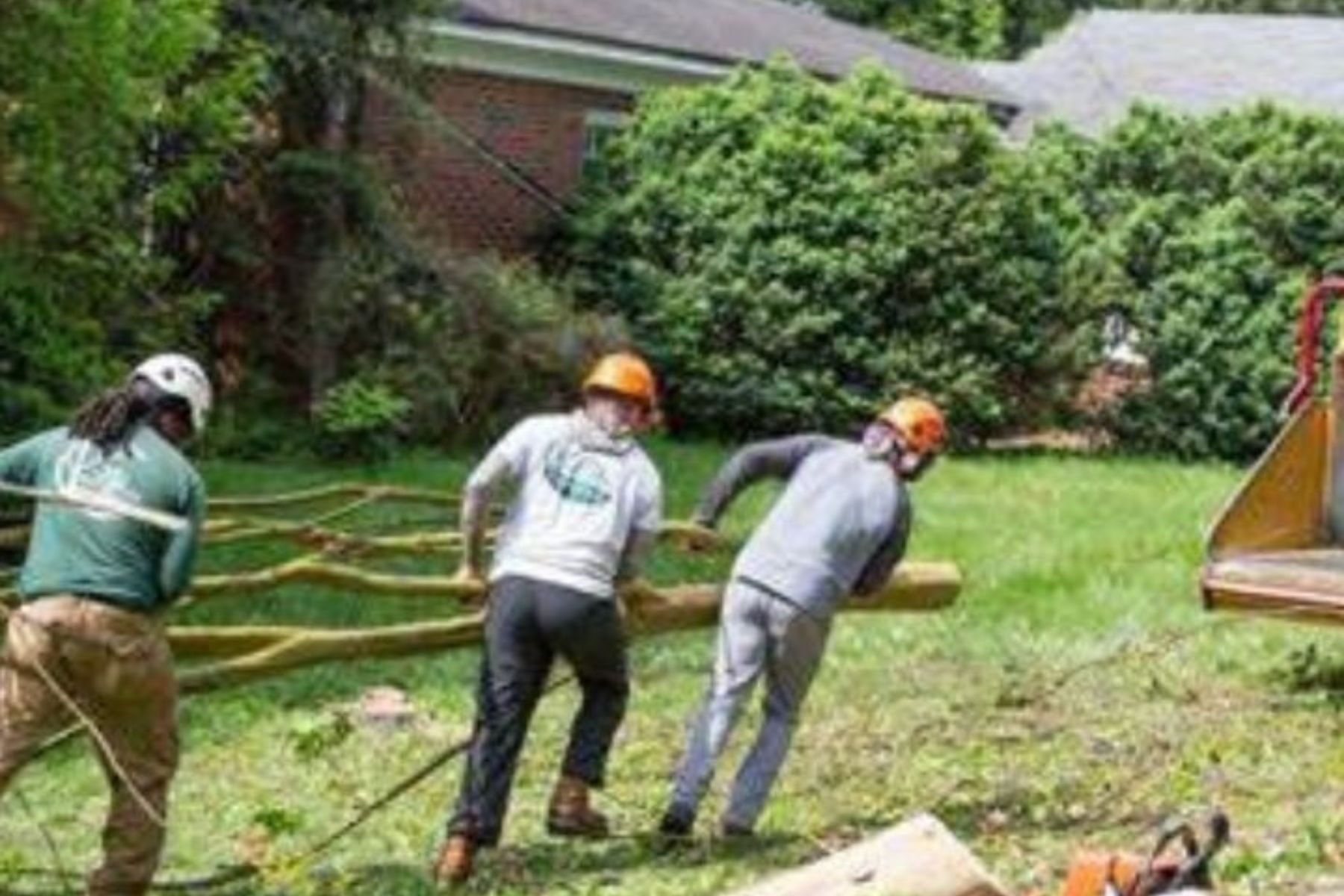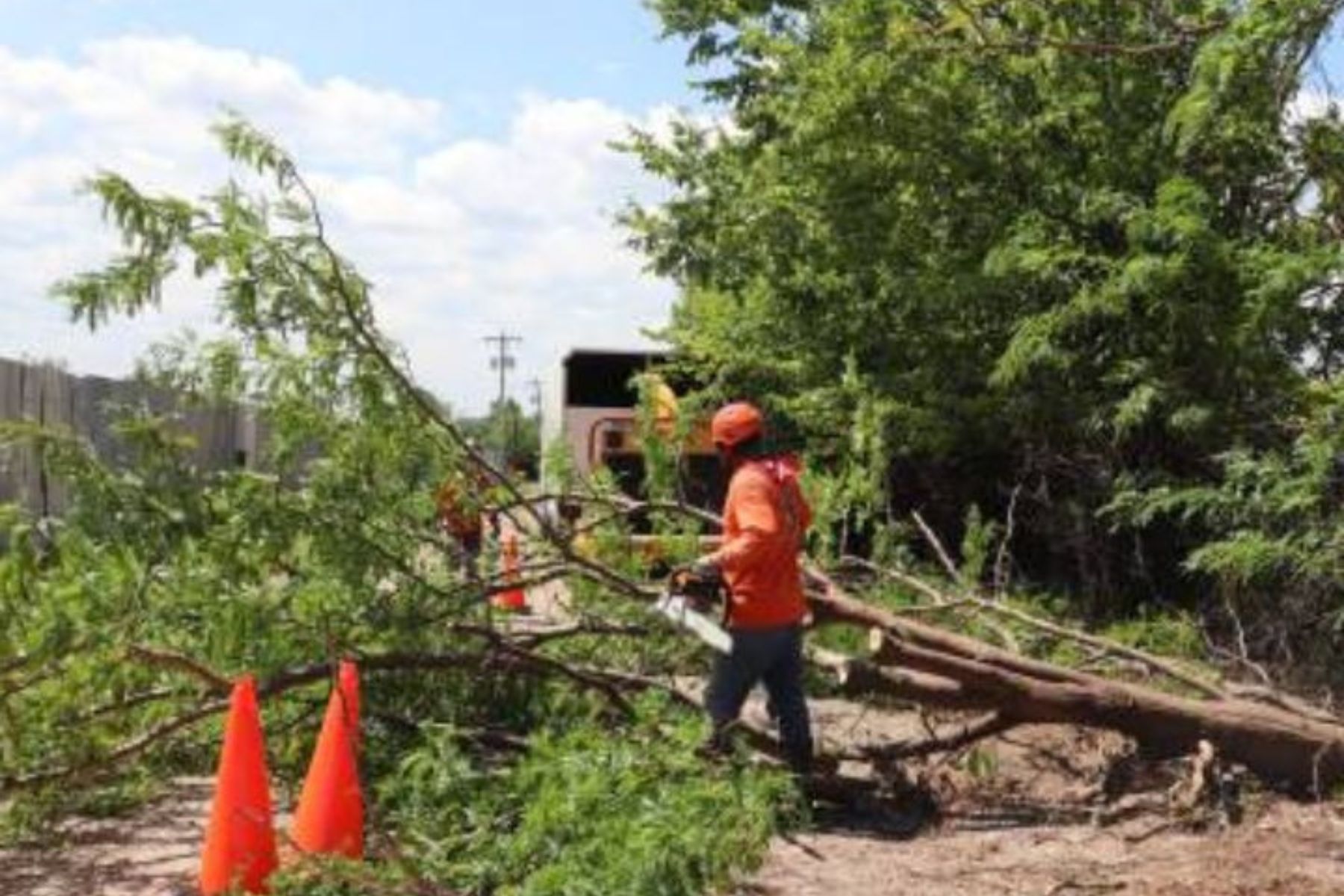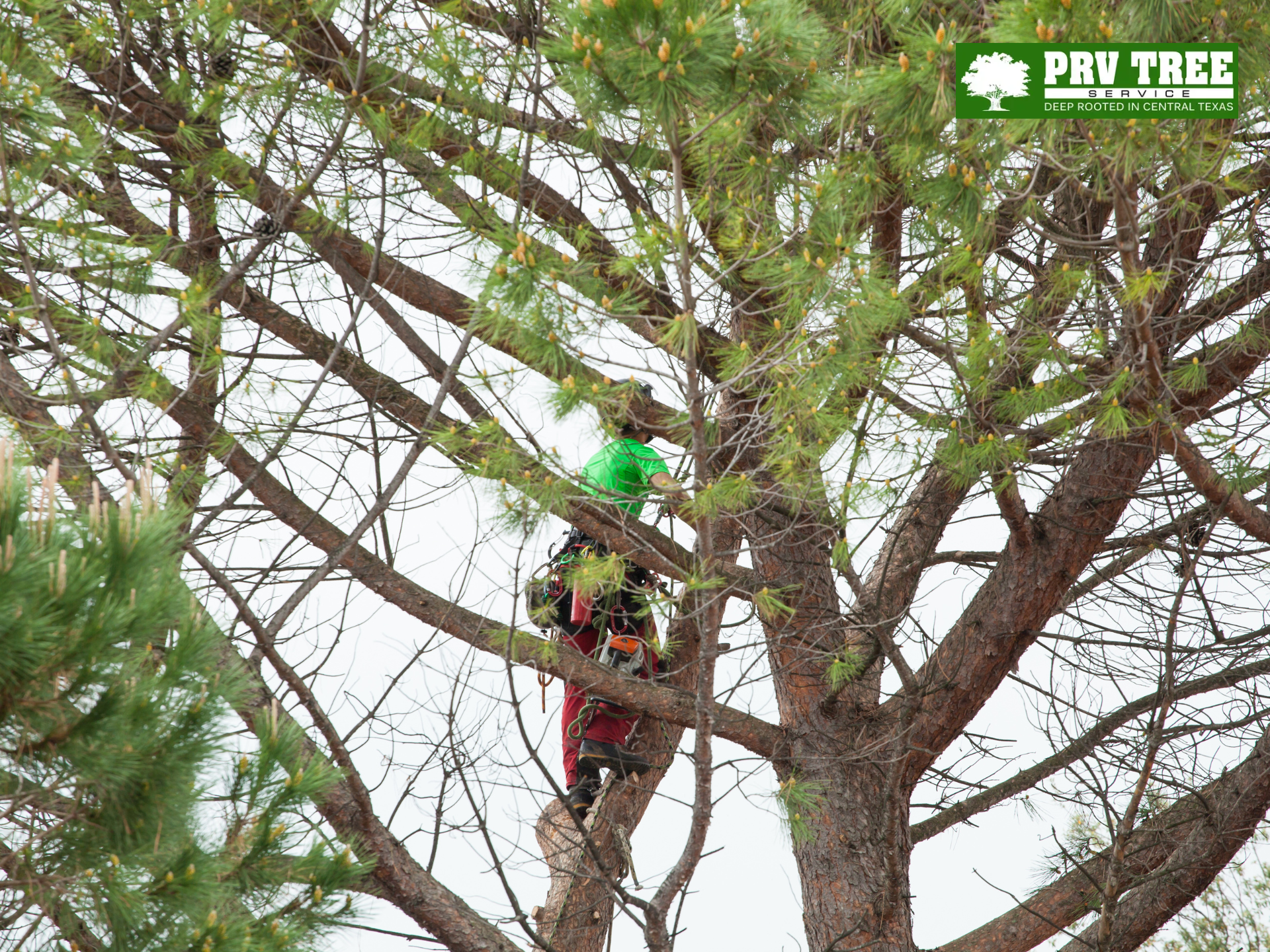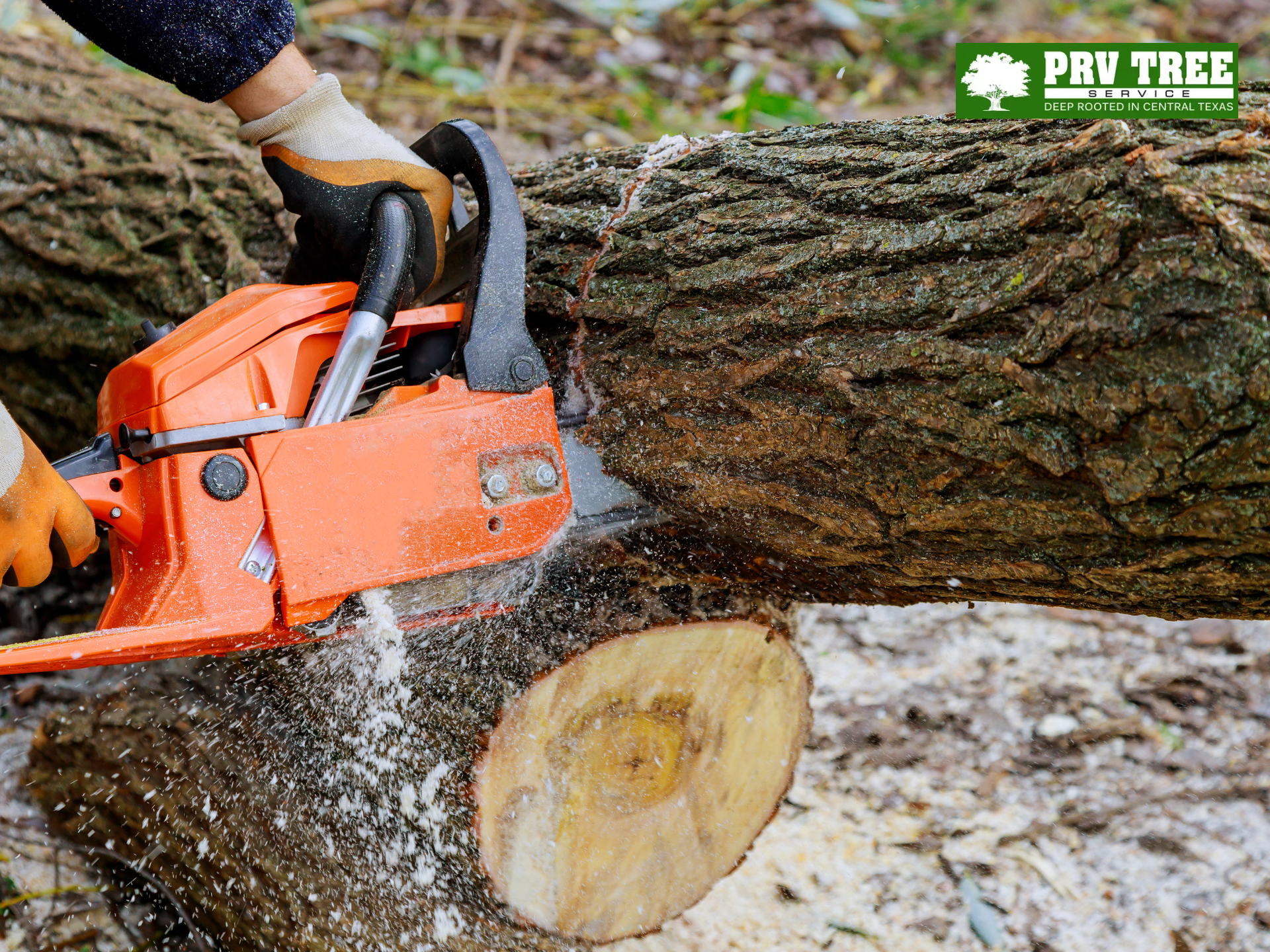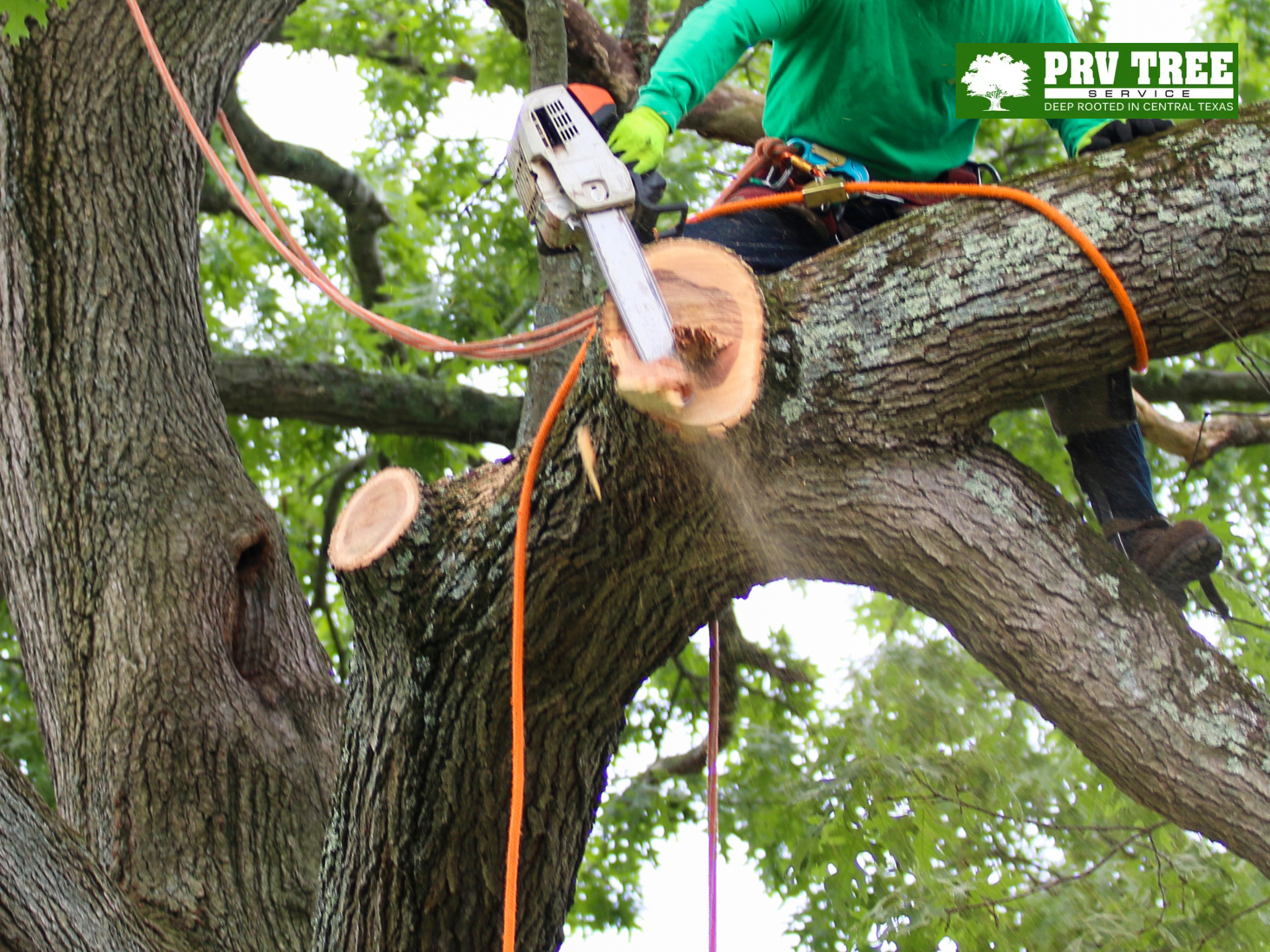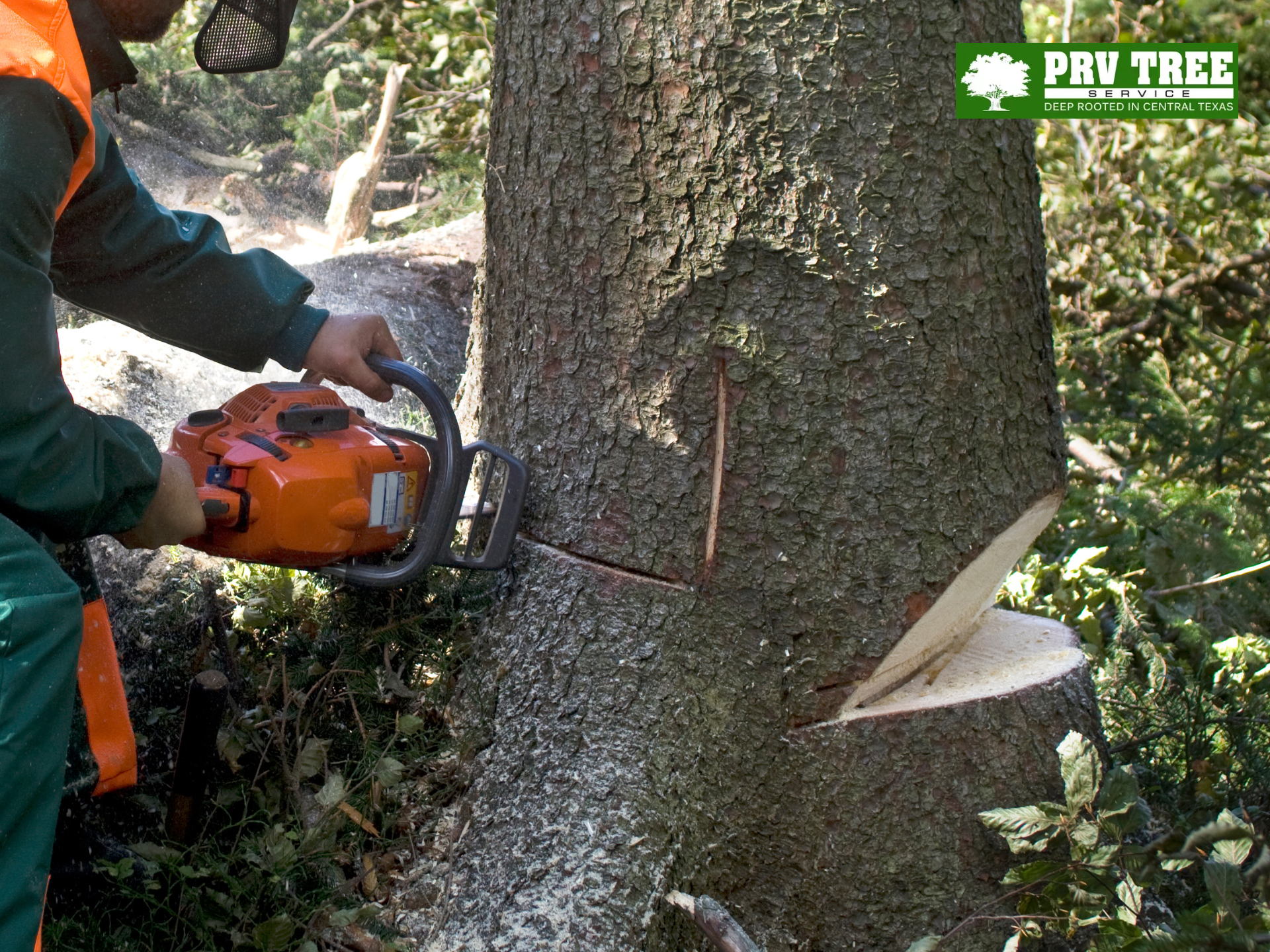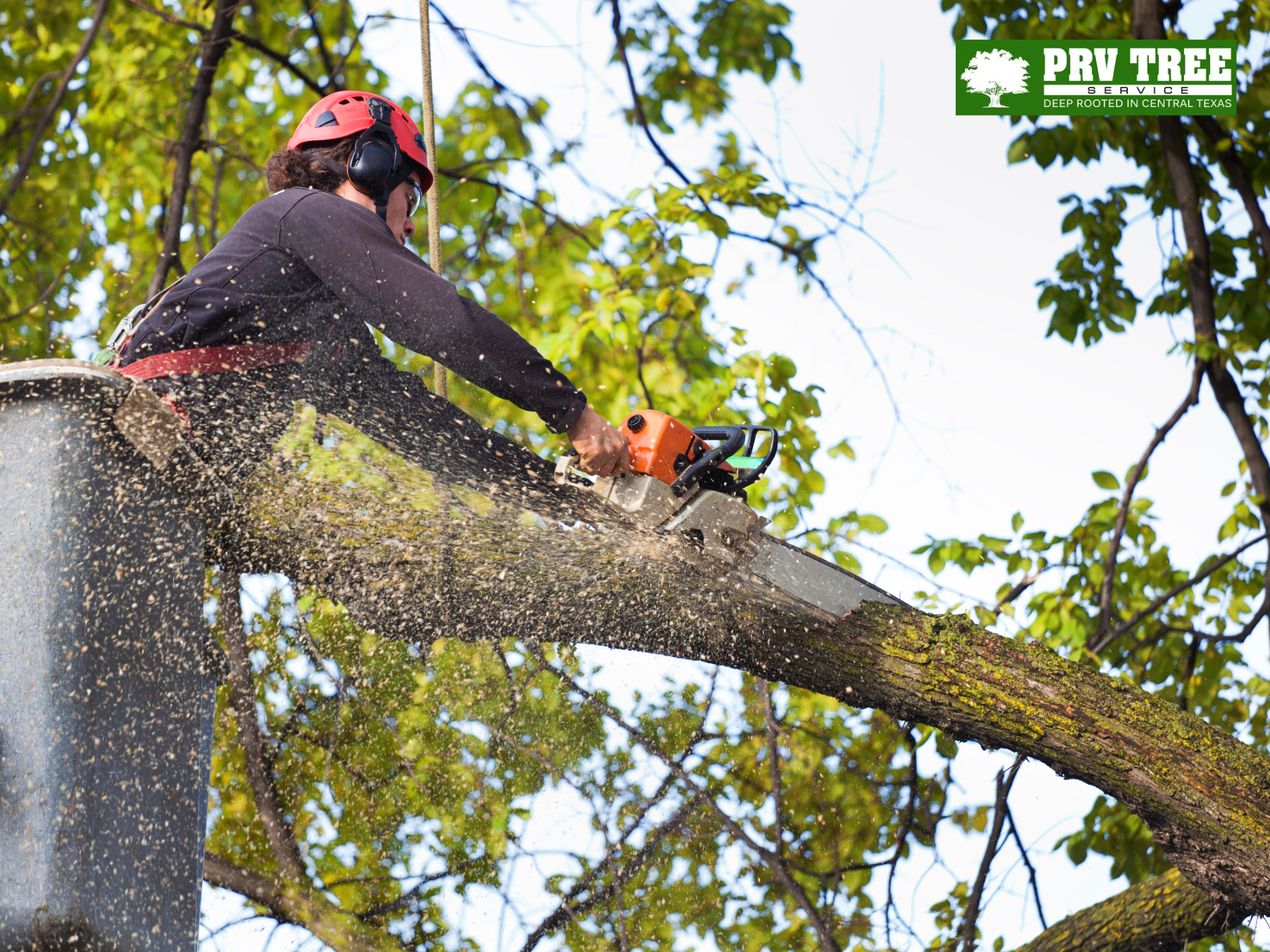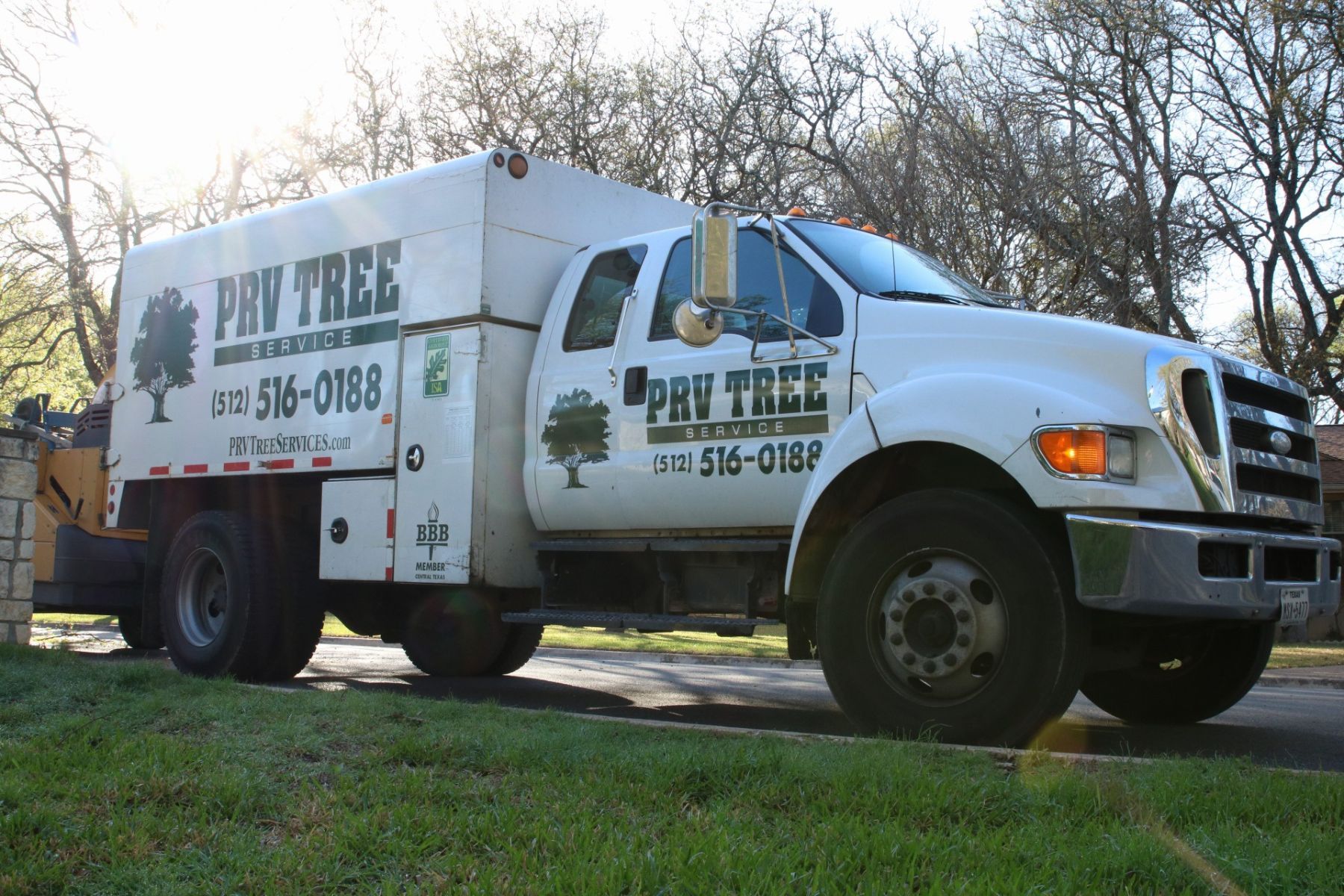Gone for Good: Navigating Stump Removal in Austin
When trees are felled, they leave behind a prominent reminder of their existence—the stump. While removing a tree might seem like the end of the arboricultural journey, dealing with the stump presents a whole new set of challenges. In Austin, where the urban landscape blends natural beauty and modern development, stump removal is a crucial part of maintaining a harmonious environment. This article explores the intricacies of stump removal Austin, delving into the available methods, environmental impact, costs, and homeowner considerations.
How Much Does Stump Removal Cost in Austin?
Stump removal prices can vary based on several factors, including stump size, accessibility, and the method used. Generally, mechanical stump grinding in Austin ranges from $100 to $400 per stump. Smaller stumps under 12 inches might cost as little as $100, while larger stumps, such as those from mature oak or pecan trees, can exceed $300.
For example, we recently removed a 20-inch oak stump for a client on [Street Name] at a cost of $250, including grinding the stump 6 inches below ground level.
Understanding the cost factors, such as stump size, location, and tree species, helps homeowners make an informed decision. Always ask for a detailed estimate based on your specific stump removal needs to avoid surprises.
Stump Removal Methods
Removing a tree stump involves more than just aesthetics; it's about reclaiming space and ensuring the health of the surrounding landscape. Austin residents are fortunate to have a range of stump removal techniques at their disposal, each with its own advantages and considerations.
1. Mechanical Stump Grinding
One of the most common methods employed in Austin stump removal is mechanical stump grinding. This process uses a specialized machine equipped with a rotating cutting disc to grind the stump into wood chips. The depth of the grind can vary depending on the client's requirements and the type of tree removed.
Mechanical stump grinding is praised for its efficiency, allowing the removal of stumps of various sizes without significantly disturbing the surrounding landscape. The resulting wood chips can be repurposed as mulch, contributing to sustainable landscaping practices.
However, mechanical stump grinding has its limitations. The machinery requires clear access to the stump, and nearby structures or underground utilities can restrict this method. Consult with professionals to determine if mechanical stump grinding is the most appropriate method for your situation.
2. Chemical Stump Removal
For those seeking a less invasive method, chemical stump removal offers a viable alternative. This process uses chemicals to accelerate the stump's natural decomposition. While it's slower than mechanical grinding, chemical stump removal has several advantages.
One of the primary benefits of chemical stump removal is its ability to reach stumps in hard-to-access areas where machinery can't reach. Additionally, it's often a more cost-effective solution, making it a good choice for budget-conscious homeowners.
However, it's important to note that chemical stump removal takes time—sometimes several weeks or months. Homeowners must be diligent in following instructions to ensure safe and effective results. Additionally, environmental considerations must be taken into account, as some chemicals used in this process may have ecological implications.
3. Manual Stump Removal
Manual stump removal is an option when space is limited, and machinery cannot be used. This labor-intensive method involves digging around the stump, exposing the roots, and using tools like axes and saws to cut and remove the stump piece by piece.
While manual stump removal provides precise control, it is physically demanding and time-consuming. It's best suited to small stumps and situations where preserving the surrounding landscape is a top priority. If you choose manual removal, make sure to wear appropriate safety gear, such as gloves and eye protection, and consider consulting a professional.
When to Remove vs. When You Can Wait
Not every stump needs to be removed immediately. Before making your decision, consider the following:
- When to Remove: If you're planning to replant a tree, garden, or lawn, stump removal is essential to avoid interference with new root systems. Similarly, stumps that pose tripping hazards or are located near structures should be removed promptly.
- When to Wait: In some cases, particularly with small stumps in less-trafficked areas, you may opt to leave the stump. Over time, stumps will naturally decompose, especially if they are not near structures, utility lines, or other important landscaping elements.
What to Expect During Stump Removal
The stump removal process can be seamless when you're prepared. Here’s what you can expect:
- Preparation: The crew will arrive and assess the stump’s location, removing any nearby obstacles to ensure safe access.
- Grinding/Removal: Depending on the method, the team will grind the stump down to below ground level, manually remove it, or apply chemicals to promote decomposition.
- Clean-Up: After removal, all wood chips and debris will be cleaned up, leaving your yard neat and ready for your next project.
- Post-Work Care: If you need to fill in the hole left behind, the crew can provide topsoil and level the area, making it ready for planting.
Stump Removal in Austin: Local Considerations
Austin’s climate and soil types present unique challenges and advantages for stump removal. For example, the area’s clay-heavy soil can make grinding more difficult, and the root systems of native trees, such as oaks and pecans, often extend deep into the earth. These factors may require specialized equipment or techniques to remove stumps effectively.
Additionally, some Austin neighborhoods, especially those near older trees, may have underground utilities or structures that complicate stump removal. Professional arborists can assess your property’s specific conditions to recommend the best method.
Environmental Impact of Stump Removal
Austin is known for its commitment to sustainability, and the choices made in stump removal can affect the environment.
- Mechanical Stump Grinding Impact on Soil Health: While grinding is effective, it can create large amounts of wood chips that, if overused, might affect soil health. Wood chips are great for mulching, but excessive use can affect soil structure and water retention. Proper integration of these materials into the landscape can help improve soil fertility without overwhelming it.
- Chemical Stump Removal: Chemical treatments can be a good solution for difficult-to-reach stumps, but they require careful handling to avoid harming the surrounding environment. Homeowners in Austin are increasingly opting for organic or eco-friendly alternatives to minimize their ecological footprint.
- Manual Removal and Biodiversity: Although manual removal is the least disruptive to the environment, it’s still important to be mindful of the surrounding ecosystem. The disruption of soil and microorganisms during the digging process can have a short-term impact on the area’s biodiversity. Using the extracted material for landscaping or composting can help mitigate this impact.
Homeowner's Guide to Stump Removal: Making Informed Decisions
When deciding on the best stump removal method, homeowners should:
- Assess the Landscape: Evaluate the stump's size and location, its proximity to structures, and any underground utilities. This assessment will help determine the best removal method.
- Consider the Environmental Impact: Choose methods that align with Austin’s sustainability ethos. For example, consider organic stump removal methods or repurposing wood chips as mulch.
- Consult with Arborists: If you’re unsure, reach out to a local arborist or stump removal professional to assess your property and recommend the most suitable method for your specific situation.
Conclusion
Stump removal Austin TX is about more than just aesthetics; it's about reclaiming space, preserving your landscape, and making environmentally responsible choices. Whether you choose mechanical grinding, chemical removal, or manual extraction, each method helps maintain Austin’s green legacy.
Homeowners who understand their options and environmental considerations will make informed decisions that align with Austin’s commitment to sustainability. When you choose PRV Tree Service for your stump removal needs, you can rest assured that we’ll treat your property with the utmost care and leave it ready for whatever comes next.
A Real Story from Our Customers
At PRV Tree Services, we pride ourselves on our professionalism and attention to detail. Recently, we completed a stump removal project for Curtis Burch, a homeowner in Austin. Here’s what Curtis had to say about our work:
“The crew was on time, very careful to prevent damage to property, very efficient, and thoroughly cleaned up debris after tree and stump removal. Very satisfied.”
We’re committed to ensuring that each job is done with care, efficiency, and minimal disruption to your property. Whether you have one small stump or a larger area to clear, we’re here to help with your stump removal needs.
Get in Touch for a Free Estimate Today!
Don’t let a stubborn stump hold you back from creating the perfect landscape. Whether you’re planning to replant, redesign, or simply clear space, PRV Tree Services is here to handle all your stump removal needs in Austin.
Contact us today for a free estimate, and let our professional team help you reclaim your yard efficiently, safely, and sustainably.
